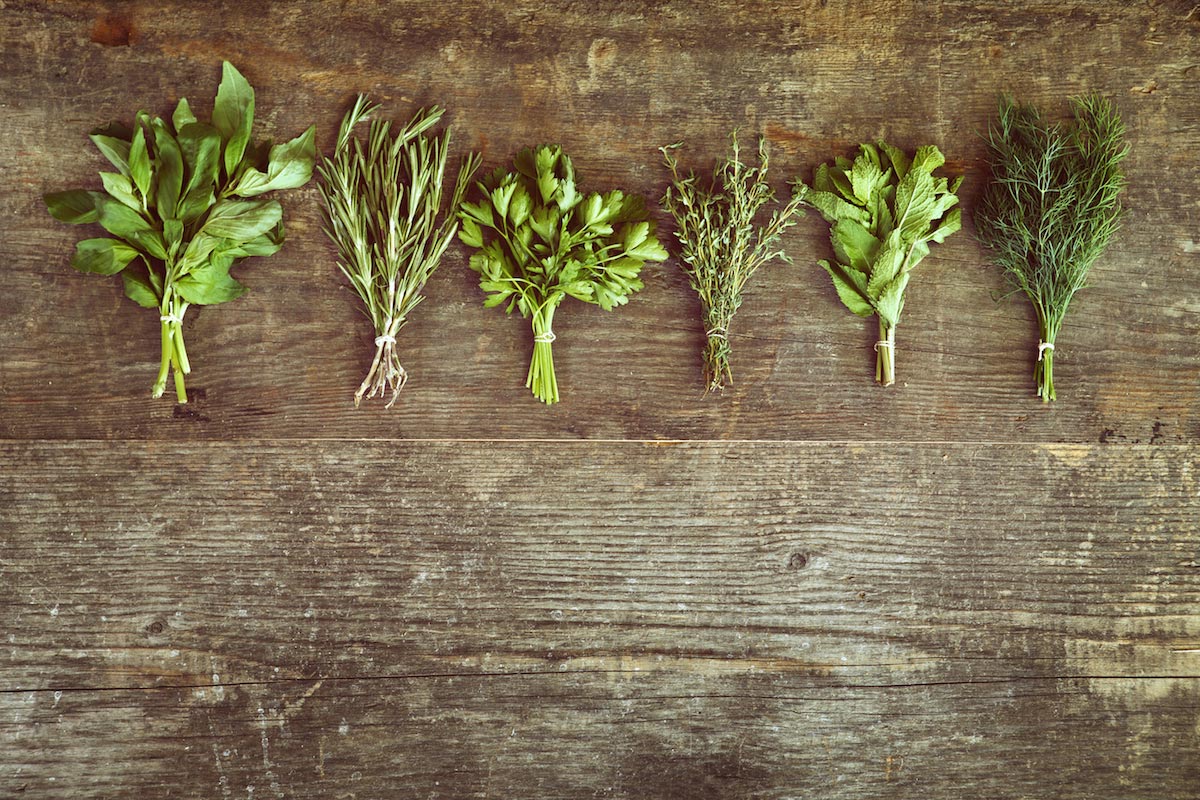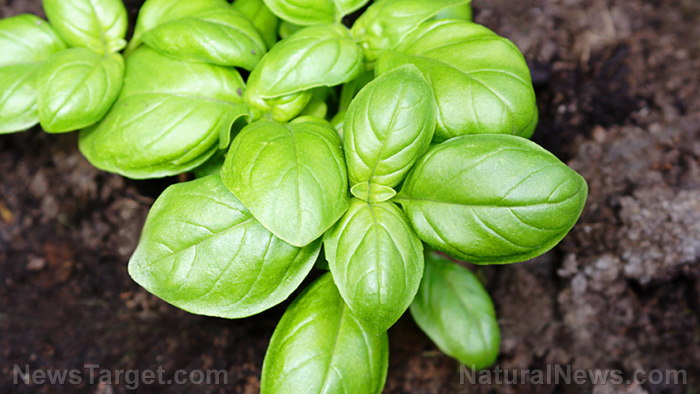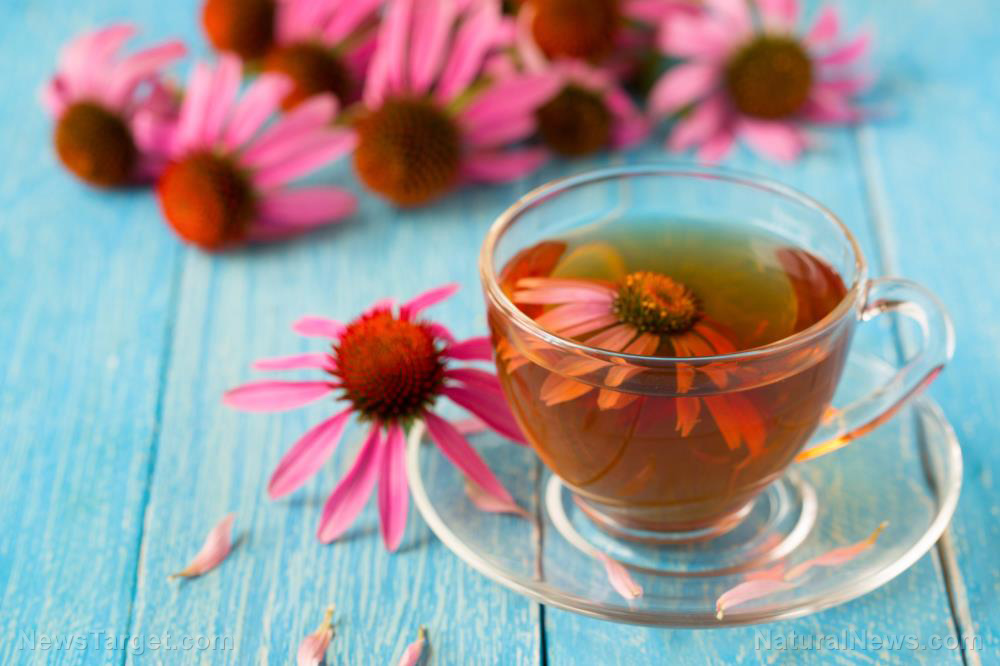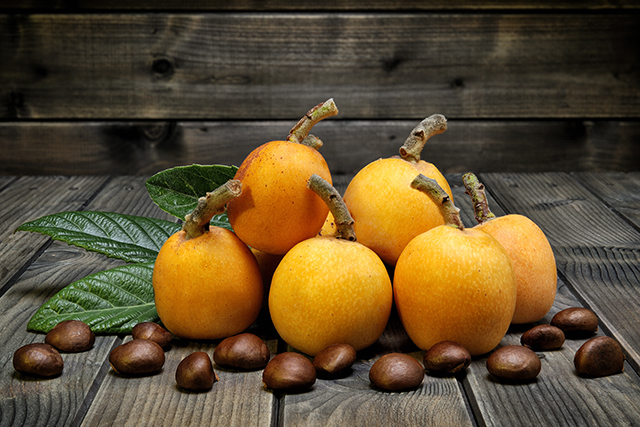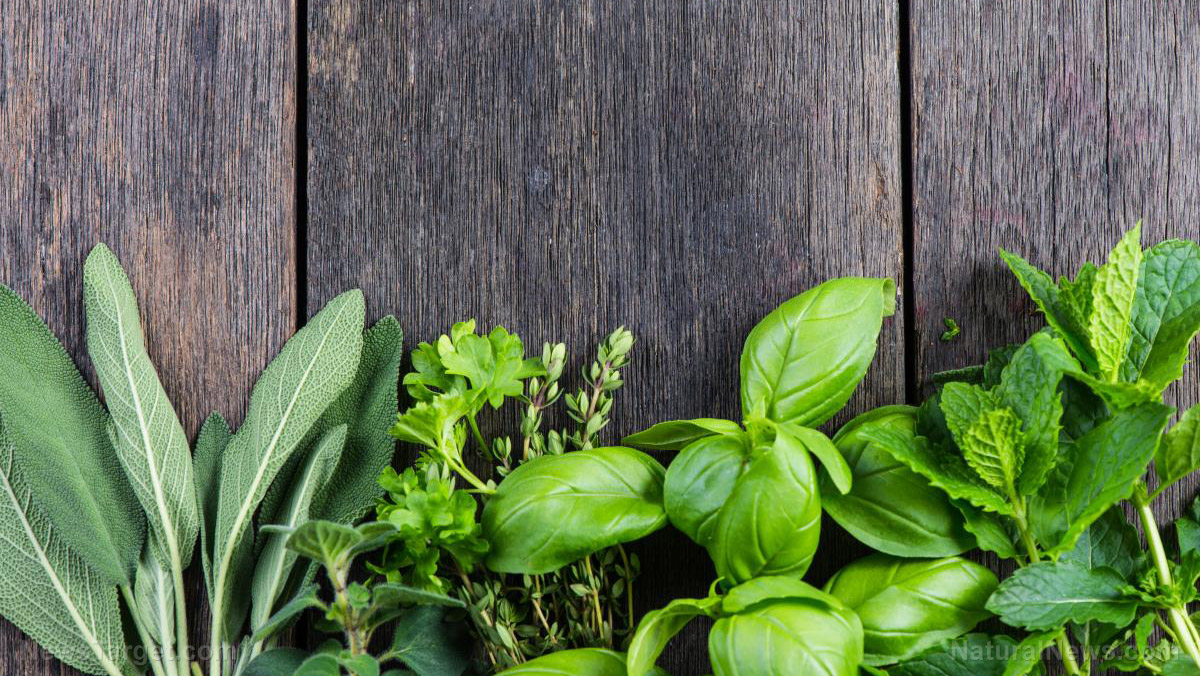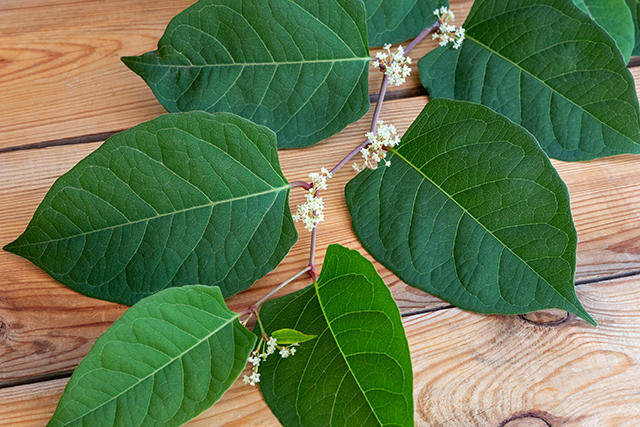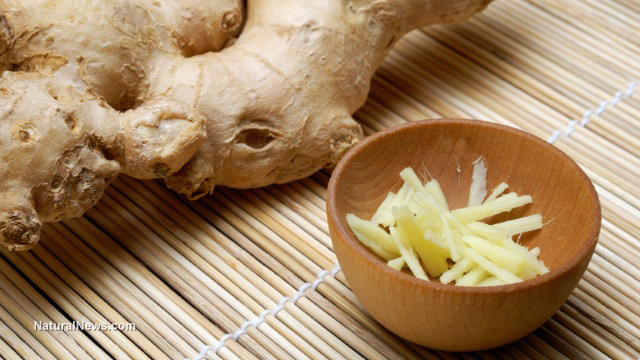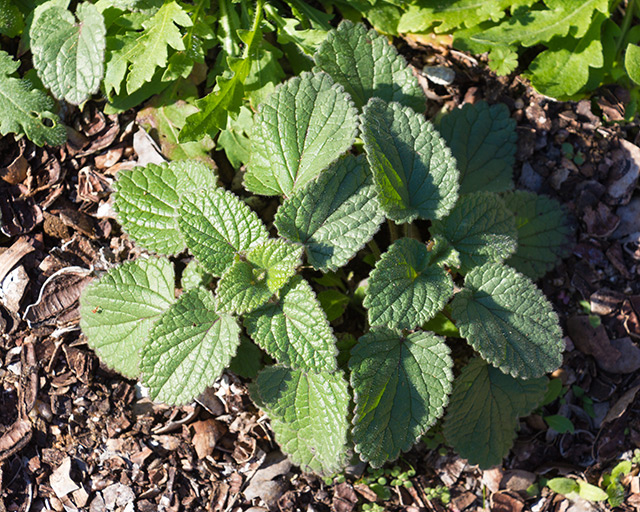Chinese herbal formula found to protect against Parkinson’s disease
11/29/2021 / By Ralph Flores

Nearly one million people in the U.S. have Parkinson’s disease. This makes it the second most common neurodegenerative disease just behind Alzheimer’s disease, according to estimates from the Centers for Disease Control and Prevention. In a recent study published in the Journal of Integrative Medicine, a team from Fudan University in Shanghai explored which herbs in Traditional Chinese Medicine (TCM) are beneficial for those with Parkinson’s disease.
The team used the following herbs for the study:
- Di huang, the root tuber of the Chinese foxglove (Rehmannia glutinosa), is used in TCM to clear heat and cool blood, as well as stop bleeding and nourish yin. Early studies have shown that it can reduce inflammation and is helpful for conditions like anemia and chronic lung disease.
- Rou cong-rong is a parasitic plant endemic to China’s desert region. Also referred to as desert-broomrape, this plant has long been used in traditional medicines in China and Japan. Research has shown that rou cong-rong has potential antioxidant, anti-inflammatory and neuroprotective properties.
- Niu xi refers to the root of the ox knee plant, a small shrub native to China, India and Japan. In TCM, niu xi is used to help regulate the blood and improve kidney health. A recent study published in BMC Complementary Medicine and Therapies found that the herb contains active ingredients like steroids and flavonoids that can potentially help with osteoarthritis.
- Shan zhu yu is the fruit of the Japanese cornel, a flowering plant native to China and Korea. In TCM, the herb is used to improve the liver and kidneys. In a recent study published in the Journal of Functional Foods, scientists from Nanjing University of Chinese Medicine revealed that the Japanese cornel can potentially be used to treat hepatic steatosis.
For the current study, the researchers mixed the four herbs in different ratios. The formulations were then used in rotenone-exposed neurons, which induced Parkinson’s symptoms.
Based on the findings, the researchers found that having equal ratios of the herbs exhibited significant neuroprotective effects. However, the team stressed this effect may not come from a single active ingredient. (Related: Cinnamon bark, used in Chinese medicine, shown to halt progression of Parkinson’s.)
Exploring the neuroprotective effect of herbs in TCM formulas
In another study, a team from the Beijing University of Chinese Medicine looked at the mechanisms behind the neuroprotective properties of bai shao yao, one of the most frequently used herbs in traditional Chinese medicine. The herb, also known as the Chinese peony (Paeonia lactiflora), is used to enrich the blood, improve liver health and relieve pain.
The researchers identified active ingredients in bai shao yao linked to Parkinson’s disease treatment.
- Kaempferol — The flavonoid, which can also be found in kale and spinach, maintains the stability of the blood-brain barrier and can reduce brain injury, according to a report in the International Journal of Molecular Sciences.
- B-sitosterol — Earlier studies into B-sitosterol revealed that it can help with cellular health, particularly, in improving mitochondrial metabolism.
- Betulinic acid — According to a study published in Neurochemical Research, betulinic acid has anti-inflammatory and anti-cancer properties.
- Paeoniflorin — The glycoside has potent antioxidant and anti-inflammatory properties. In a review by researchers from Anhui Medical University, they found that paeoniflorin also exhibited neuroprotective properties.
“Taken together, P. lactiflora may retard neurodegeneration by reducing neuroinflammation, inhibiting intrinsic and extrinsic apoptosis, and improve motor and NMS by regulating the level of neurotransmitters,” the researchers wrote.
ChineseMedicine.news has more on herbs that have neuroprotective properties.
Sources include:
Tagged Under: alternative medicine, anti-inflammatory, brain function, brain health, Chinese medicine, herbal medicine, Herbs, natural cures, natural medicine, Parkinson's Disease, phytonutrients, plant medicine, research
RECENT NEWS & ARTICLES
PlantMedicine.News is a fact-based public education website published by Plant Medicine News Features, LLC.
All content copyright © 2018 by Plant Medicine News Features, LLC.
Contact Us with Tips or Corrections
All trademarks, registered trademarks and servicemarks mentioned on this site are the property of their respective owners.


